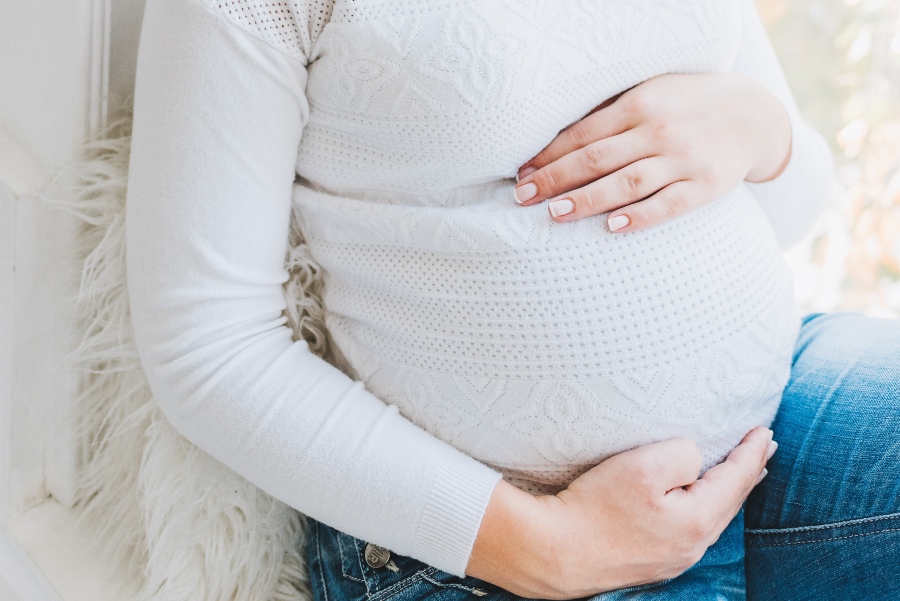
Centre for Family Research, Cambridge University
The Centre for Family Research at Cambridge University (headed by Professor Susan Golombok) has since 2000 led the world in its research into the realities of surrogacy experience, publishing numerous studies of surrogacy families headed by different-sex and same-sex couples, with a study of single dads currently underway. The Centre leads an ongoing study – the only one in the world – to follow up surrogacy-born children from birth to adulthood.
Cambridge Research about surrogates and their families
Postdelivery adjustment of gestational carriers, intended parents, and their children, Jadva, V., Fertility and Sterility (2020)
Parents’ relationship with their surrogate in cross-border and domestic surrogacy arrangements: comparisons by sexual orientation and location, Jadva, V., Prosser, H., Gamble, N. & Imrie, S. (2019), Fertility and Sterility, Volume 111, Issue 3, 562 – 570
The psychological well-being and prenatal bonding of gestational surrogates, Lamba, N., Jadva, V., Kadam, K., & Golombok, S. (2018), Human Reproduction, 33(4), 646-653
Surrogate mothers 10 years on: A longitudinal study of psychological wellbeing and relationships with the parents and child, Jadva, V., Imrie, S. & Golombok, S. (2015), Human Reproduction, 30, No. 2, 373-379.
Children of surrogate mothers: psychological well-being, family relationships and experiences of surrogacy, Jadva, V., & Imrie, S. (2013).. Human Reproduction, 29(1), 90-96.
The long-term psychological health of surrogate mothers and their families, Imrie, S., Jadva, V. & Golombok, S. (2012).. Fertility and Sterility, S46, 98.


Cambridge research about family relationships and long term outcomes for children born through surrogacy
A longitudinal study of families formed through third-party assisted reproduction: Mother–child relationships and child adjustment from infancy to adulthood. Golombok, S., Jones, C., Hall, P., Foley, S., Imrie, S. and Jadva, V. (2023). Developmental Psychology, 59(6), pp. 1059–1073. doi:10.1037/dev0001526.
‘I know it’s not normal but it’s normal to me, and that’s all that matters’: experiences of young adults conceived through egg donation, sperm donation, and surrogacy. Jadva, V., Jones, C., Hall, P., Imrie, S. and Golombok, S. (2023). Human Reproduction, 38(5), pp. 908–916. doi:10.1093/humrep/dead048.
The perspectives of adolescents conceived using surrogacy, egg or sperm donation, Zadeh, S., Illioi, E., Jadva, V. & Golombok, S. (2018), Human Reproduction, 33, No. 6, 1099-1106.
The role of age of disclosure of biological origins in the psychological wellbeing of adolescents conceived by reproductive donation: a longitudinal study from age 1 to age 14, Ilioi, E., Blake, L., Jadva, V., Roman, G., & Golombok, S. (2017), Journal of child psychology and psychiatry, 58(3), 315-324.
A longitudinal study of families formed through reproductive donation: Parent-adolescent relationships and adolescent adjustment at age 14, Golombok, S., Ilioi, E., Blake, L., Roman, G., & Jadva, V. (2017), Developmental psychology, 53(10), 1966.
Children born through reproductive donation: A longitudinal study of psychological adjustment, Golombok, S., Blake, L., Casey, P., Roman, G., & Jadva, V. (2013), Journal of Child Psychology and Psychiatry, 54(6), 653-660.
Surrogacy families ten years on: Relationship with the surrogate, decisions over disclosure and children’s understanding of their surrogacy origins, Jadva, V., Casey, P., Blake, L. & Golombok, S. (2012), Human Reproduction, 27, 3008-3014.
Families created through surrogacy: Mother-child relationships and children’s psychological adjustment at age 7, Golombok, S., Casey, P., Readings, J., Blake, L., Marks, A. & Jadva, V. (2011), Developmental Psychology, 47, No. 6, 1579-1578.
Non-genetic and non-gestational parenthood: consequences for parent–child relationships and the psychological well-being of mothers, fathers and children at age 3, Golombok, S., Murray, C., Jadva, V., Lycett, E., MacCallum, F., & Rust, J. (2006). Human Reproduction, 21(7), 1918-1924.
Surrogacy families: Parental functioning, parent-child relationships and children’s psychological development at age 2, Golombok, S., MacCallum, F., Murray, C., Lycett, E. & Jadva, V. (2006). Journal of Child Psychology & Psychiatry, 47, No 2, 213-222.
Families created through surrogacy arrangements: Parent-child relationships in the first year of life. Golombok, S., Murray, C., Jadva, V., MacCallum, F.& Lycett, E. (2004) Developmental Psychology, 40, 400-411.
Cambridge research about parents’ decision-making and experiences
Solo Fathers and Mothers: An Exploration of Well-Being, Social Support and Social Approval. Jones, C., Zadeh, S., Jadva, V. and Golombok, S. (2022). International Journal of Environmental Research and Public Health, 19(15). doi:10.3390/ijerph19159236.
Single fathers’ experiences of using egg donation and surrogacy to start a family. Jones, C., Jadva, V., Zadeh, S. and Golombok, S. (2023). Human Reproduction, 38(10), pp. 1981–1990. doi:10.1093/humrep/dead152.
Parents’ relationship with their surrogate in cross-border and domestic surrogacy arrangements: comparisons by sexual orientation and location, Jadva, V., Prosser, H., Gamble, N. & Imrie, S. (2019), Fertility and Sterility, Volume 111, Issue 3, 562 – 570
Cross-border and domestic surrogacy in the UK context: an exploration of practical and legal decision-making, Jadva, V., Prosser, H., & Gamble, N., (2018), Human Fertility, 1-12
Gay fathers’ motivations for and feelings about surrogacy as a path to parenthood, Blake, L., Carone, N., Raffanello, E., Slutsky, J., Ehrhardt, A. A., & Golombok, S. (2017), Human Reproduction, 32(4), 860-867.
Gay father surrogacy families: relationships with surrogates and egg donors and parental disclosure of children’s origins, Blake, L., Carone, N., Slutsky, J., Raffanello, E., Ehrhardt, A. A., & Golombok, S. (2016), Fertility and sterility, 106(6), 1503-1509.
Secrecy, openness and everything in between: Decisions of parents of children conceived by donor insemination, egg donation and surrogacy, Readings, J., Blake, L., Casey, P. Jadva, V. & Golombok, S. (2011). Reproductive Biomedicine Online, 22(5), 485-495.
Surrogacy: The experience of commissioning couples, MacCallum, F., Lycett, E., Murray, C., Jadva, V. & Golombok, S. (2003). Human Reproduction, 18, No 6, 1334-1342.

Research published in peer-reviewed legal journals about the regulation of surrogacy
Modern surrogacy practice and the need for reform
H Prosser and N Gamble, Journal of Medical Law and Ethics, 2016
Learning from cross-border reproduction
E Jackson, J Millbank, I Karpin and A Stuhmcke, Medical Law Review, 2017
The regulation of surrogacy in the United Kingdom: the case for reform
A Alghrani and D Griffiths, Child and Family Law Quarterly, 2017
